Ever wondered why some riders seem to glide through the trails with ease, while others struggle with every twist and turn? Imagine transforming every trail ride into a safe, stress-free adventure—for both you and your equine companion. In this comprehensive guide, you’ll uncover essential trail riding tips that not only keep you safe but make every moment on the trail unforgettable.
-
Why trail riding tips are crucial, even for experienced riders
-
Key preparation steps to ensure safety and enjoyment
-
How to select the best gear and paths for your trail rides
-
Expert answers to common trail riding questions
-
How to manage challenges, wildlife, and group coordination on the trail
What Makes Trail Riding Tips Essential for Every Rider?
Trail riding offers a connection with nature and your horse that arena work simply cannot match. Yet, every open space brings unpredictable elements—sudden wildlife, changes in footing, shifting weather, or even a timid rider experiencing nerves. That’s why trail riding tips matter. Understanding these basics can mean the difference between a challenging outing and a memorable, safe adventure.
Proper trail riding isn’t just about how well you ride a horse, but how prepared you are for the ride itself. Preparation—such as knowing your route, checking your gear, and reading your horse’s body language—translates to improved safety, comfort, and confidence. These riding tips are rooted in experience, focusing on respect for your horse, the environment, and your riding partners on every trail.
Unlike a controlled arena setting, trail riding presents unique risks and rewards. The varied terrain challenges both horse and rider, demanding an extra layer of attention and adaptability. You’ll soon discover that trail riding tips are not just optional advice, but a set of basic principles for anyone serious about enjoying the journey, riding safely through space preserves and open space, and making the most of every trail riding adventure.
-
Understand the importance of trail riding tips for safety
-
Discover how riding tips improve your experience
-
Uncover why proper preparation matters
-
Examine key differences between trail riding and regular horseback riding
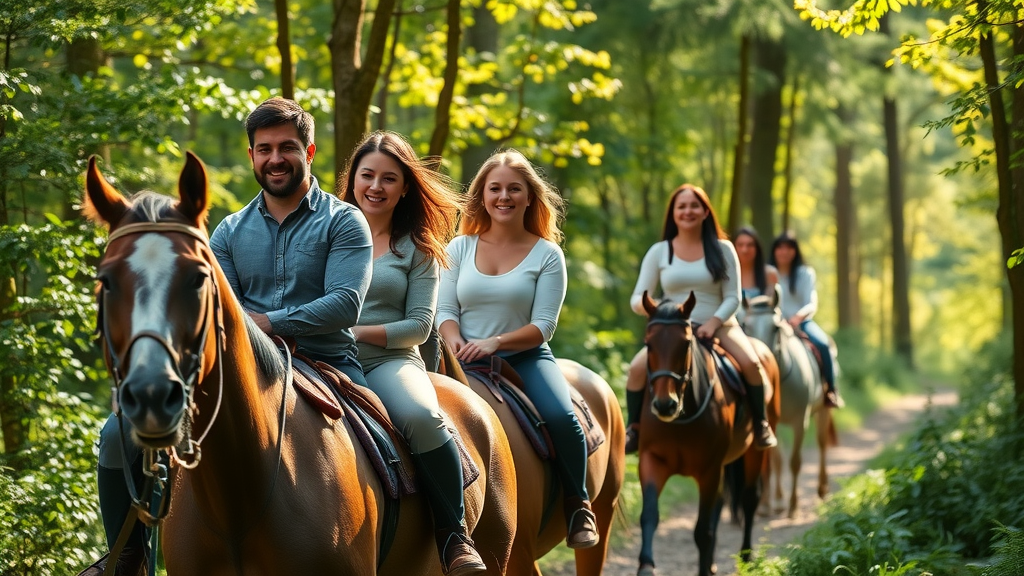
Key Trail Riding Tips for a Safe and Memorable Trail Ride
The foundation of every enjoyable trail ride is a blend of preparation, attention to detail, and respect for your horse and the environment. Whether you are an experienced rider seeking new challenges or just beginning your first ride, the right riding tips will guide your journey. From checking safety gear to ensuring you move forward with confidence, these strategies help you tackle the great outdoors, embrace long distances, and ride expeditions with assurance.
Riding outdoors often means handling unpredictable elements and learning to adjust to things as they come—be it a sudden road riding segment, a stretch in open space preserves, or encountering wildlife on the trail. By mastering a few core trail riding tips , you’ll equip yourself to trail ride safely, support your equine companion, and enjoy the ride to the fullest.
Regularly following these riding tips is not about rigid rules, but about developing habits that keep you and your horse secure and happy. Consistency, mindfulness, and respect should guide every aspect of your time on the trail. Let’s dive into essential horseback riding tips that prep both new and seasoned riders for an exceptional day outdoors.
Horseback Riding Tips for Trail Riding Beginners
-
Start slow on your first ride: Ease into trail riding by beginning with short, less challenging paths to build both your confidence and that of your horse. This helps avoid overwhelming a timid rider or an inexperienced horse, allowing both to acclimate to the natural environment gradually.
-
Assess your comfort and balance: Trail terrain can test your balance differently than arena work. Pay attention to your posture and your horse’s responses, adjusting as needed to remain secure while still providing firm yet gentle communication.
-
Communicate with your horse: Use clear body language and gentle rein cues. Squeezing with your legs softly helps direct your horse, while consistent cues reassure them during uncertain moments and surprises on the trail.
-
Recognize signs of nervousness: Both rider and horse can feel anxiety. Be mindful of shallow breaths, tense muscles, or distracted behavior—offer a calm leadership style and take breaks to regain composure if needed.
Must-Know Riding Tips Before You Hit the Trail
-
Check your tack before every ride: Ensuring your saddle, bridle, girth, and stirrups are secure minimizes the chance of a dangerous mishap. A few moments of attention can prevent hours of regret.
-
Wear appropriate safety gear: Helmets, protective boots, and safety vests are not just for beginners—they are essential for any terrain, especially when facing unpredictable conditions.
-
Bring essential supplies: Never venture onto a trail without enough water, a first-aid kit, and necessary items for both you and your horse. In open space where access to help may be delayed, preparedness is your best friend in case emergencies arise.
-
Familiarize yourself with the trail map: Getting lost is easier than you think when riding in extensive space preserves or complex trail systems. Always know your route, expected ride time, and landmarks along the way.
|
Essential Trail Riding Gear |
Purpose |
|---|---|
|
Helmet |
Head protection |
|
Trail Map |
Navigation |
|
First-aid kit |
Emergency care |
|
Water Bottle |
Hydration |
|
Proper Boots |
Safety and comfort |
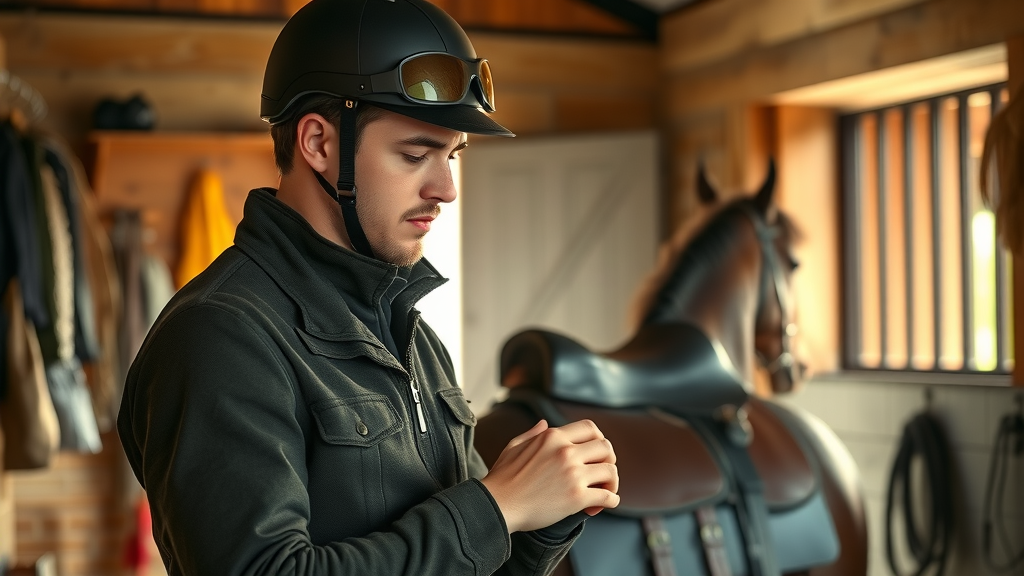
“Great trail riding is built on preparation, calm leadership, and respect for your horse and environment.”
Preparing Your Horse and Yourself for a Successful Trail Ride
Preparation is as much about shaping your horse’s confidence as it is about picking the right gear. Trail riding asks riders to respect their equine companions by ensuring both physical and mental readiness. A well-prepared horse will respond confidently to new environments, weather, and obstacles, providing you with a safer, more enjoyable ride. Successful trail rides are grounded in these basic principles—practice, patience, and learning from each new challenge.
Your own mindset and body language set the tone for your equine partner. If you’re tense or worried, your horse will pick up on those cues quickly. Approach every ride with patience, positivity, and a willingness to listen to your horse. Building a rapport and trust makes long distances, road riding segments, and even group rides feel more comfortable and secure for everyone involved.
Learning how to work as a team means preparing for more than just the ride itself—anticipate how your horse might react to different circumstances. Get used to trailering your horse, handling them calmly in unfamiliar settings, and knowing when to offer extra support and reassurance. It’s not just about making it through a trail ride safely, but about strengthening your partnership along the way.
Steps to Get Your Horse Comfortable with Trail Riding
-
Gradually introduce new environments: Instead of heading straight into the backcountry, expose your horse to open space or quiet park trails, increasing difficulty as confidence grows.
-
Practice riding tips in various settings: Ride in different weather, terrain, and with other horses. This flexibility helps your horse—especially timid riders—handle trail expeditions, road riding, and even distractions like wildlife or hikers.
-
Reward calm behavior on new trails: Use treats, soothing voices, or gentle pats to reinforce positive reactions. This builds trust and makes it more likely your horse will move forward confidently on future rides.
-
Schedule regular short trail rides: Frequent, low-pressure outings help both you and your equine companion relax, reduce stress, and develop a solid foundation for longer, more challenging trails.
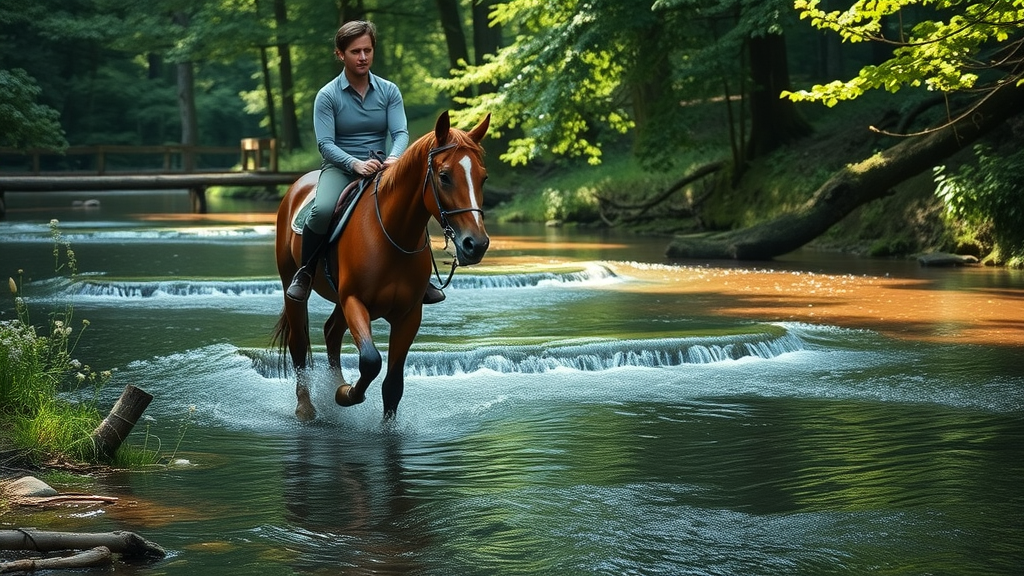
How to Choose the Right Trail Riding Paths
-
Assess trail difficulty and length: Not every trail ride is suitable for every horse or rider. Start easy and progress as you gain experience.
-
Look for ranger ridge recommendations: Trails suggested by rangers are often maintained, safe, and suited to your skill level. Don’t hesitate to ask local experts to guide your selection.
-
Be aware of weather conditions: Rain, heat stress, or early sunset can all increase risk. Check local forecasts before heading out, and avoid challenging routes if conditions aren’t ideal for a safe ride.
-
Plan based on your and your horse’s experience: Match the trail’s level with your riding and your horse’s conditioning. As your skills grow, so can the complexity of your chosen trails—always keeping safety and enjoyment top of mind.
Equipment and Gear: Best Riding Tips for a Safe Trail Experience
One of the basic principles of safe trail riding is having the right equipment for both you and your horse. The right gear keeps you protected through every twist and turn, be it unexpected road riding or mastering rugged ranger ridge trails. Think of your gear as an extension of your preparation—it’s what stands between a successful outing and unnecessary risks.
Horseback riding tips often begin with essentials like helmets and boots, but don’t overlook the value of a well-stocked first-aid kit, a sturdy breakaway halter, and weather-appropriate clothing. Comfort and security go hand in hand when tackling long distances or facing unpredictable weather. Never underestimate how much easier a ride feels when you’re properly equipped—or how much stress you’ll save your horse when saddles, packs, and gear fit perfectly.
Before venturing out, double-check your packing list. In open space preserves or remote trails, it could be hours before help arrives in an emergency. Being thorough with your gear checklist not only boosts your confidence but ensures that you’re ready for whatever the trail throws your way.
Top Recommendations for Trail Riding Safety Gear
-
Wear an ASTM/SEI-certified helmet: This remains your best defense against head injuries, regardless of age or riding proficiency.
-
Use a breakaway halter: Protects your horse in case they get caught on a branch or fence. Safety comes before convenience every time.
-
Select sturdy, comfortable boots: Good boots support your ankles during long distances and prevent slips when dismounting or walking your horse on rough ground.
-
Carry a multi-purpose knife: Useful for everything from fixing tack to handling emergencies on the trail, making it a must-have in every rider’s kit.
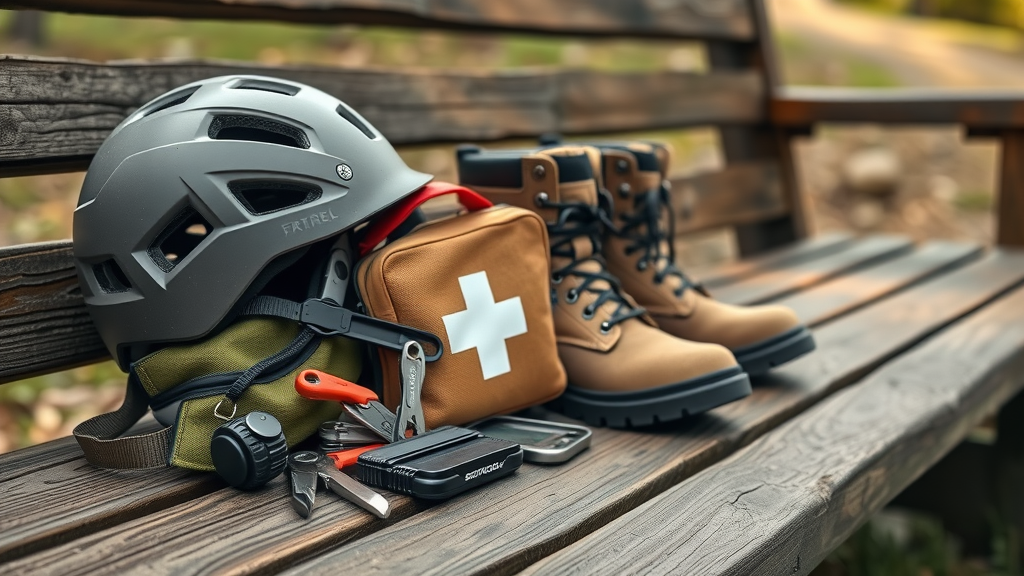
Packing List: Essentials for a Day Out on the Trail
-
Hydration supplies: Bring enough water for both you and your horse—heat stress can occur quickly, especially on warm days or during strenuous rides.
-
First-aid kit for horse and rider: Accidents happen, so carry basic medical supplies, including bandages, antiseptics, and hoof care items.
-
Map or GPS device: Even in familiar areas, having clear navigation tools prevents you from getting lost, especially if you encounter unexpected trail closures or need to reroute.
-
Protective sunscreen and bug spray: Prevent sunburn and insect bites; comfort and safety go hand in hand during any outdoor adventure.
Advanced Horseback Riding Tips: Handling Road Riding, Obstacles, and Wildlife
Road riding and dealing with obstacles are realities on many trails, presenting unique challenges for both horses and riders. The key is to anticipate potential issues and know how to react. Whether crossing a busy road, fording a stream, or guiding your mount past a fallen log, your calm leadership can help your horse move forward confidently in any situation.
Road riding can expose your horse to vehicles, bikes, and joggers, increasing stress and distraction. Practice riding tips for safe crossing: keep your horse’s attention with gentle rein contact, use your body language to offer reassurance, and maintain a clear line of sight in both directions. Crossing a road with other riders? Group up, communicate with hand signals, and cross swiftly as a unit for safety.
When facing trail obstacles—think rocks, water, logs, or even surprise wildlife—remain composed and give your horse time to assess each challenge. Encourage forward movement with soft leg squeezes, praise small steps, and never rush through tricky terrain. The great thing about regular trail rides is the opportunity to build trust and skill, making each ride safer and more enjoyable for all.
Dealing with Unpredictable Trail Challenges
-
Calm your horse during sudden encounters: When wildlife or hikers appear unexpectedly, stick to the basic principles of deep breathing, steady contact, and authoritative body language. Horses look to their rider for cues, so stay relaxed to ease a spooked mount.
-
Best practices for road riding: Only cross at safe intersections. Use the front brake on your motion to control pace, keep horses grouped together, and always wait for a clear break in traffic before crossing.
-
Overcoming obstacles and water crossings: Introduce your horse slowly, let them sniff or inspect obstacles if needed, and offer calm encouragement rather than pressure. A confident leader helps a timid rider—or horse—tackle nerves.
-
Respecting wildlife and other trail users: Give space to animals, hikers, and cyclists you meet. Announce your approach, share the trail, and always yield to avoid stress or accidental injury—a mark of a responsible, prepared rider.
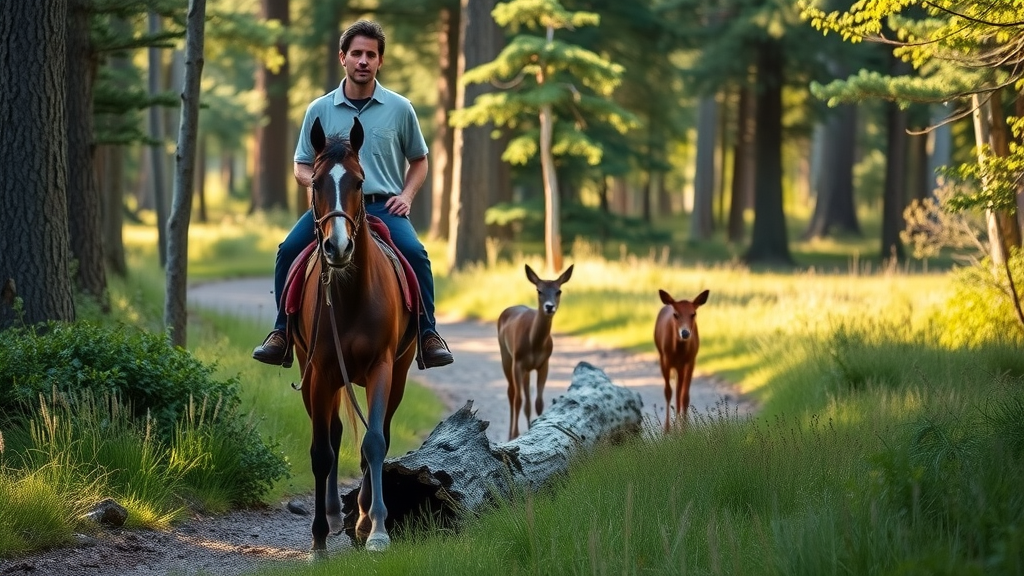
Communicating with Your Riding Group and Rangers
-
Discuss ranger ridge protocols: Some trails, especially those in managed space preserves or ranger ridge areas, have specific rules for group size, pace, or trail etiquette. Review these beforehand to ensure compliance and safety.
-
Maintain clear signals with your group: Visual cues, voice commands, or simple hand signals help keep everyone informed about stopping, moving forward, or hazards ahead. Especially important in long distances or large open space preserves.
-
Prepare for emergencies on the trail: Share emergency contact details, discuss plans for regrouping if separated, and ensure each rider knows how to use the rear brake on their horse effectively. Planning ahead protects you from the unexpected and helps everyone feel more comfortable during ride expeditions.
People Also Ask
Is trail riding hard on horses?
Trail riding can be strenuous for horses, particularly if they aren't properly conditioned. Gradual exposure to longer distances helps build stamina, while regular shoeing protects hooves across rugged or rocky terrain. Taking frequent breaks to rest and hydrate lowers the risk of heat stress and ensures your horse can move forward confidently through any trail ride safely.
How to get your horse used to trail riding?
Begin by introducing your horse to new environments in short, easy sections. Reward calm responses to new sights, sounds, and smells on the trail. Increase the complexity of your trail rides as your horse gains confidence, and always proceed patiently, allowing both horse and rider to feel more comfortable with each outing.
Do you tip after a trail ride?
If you've booked a guided trail ride , it is customary to tip your guide—typically 10–20% of the total ride cost. Tipping shows gratitude for a safe, enjoyable experience and acknowledges the effort your guide put into ensuring your group’s safety and enjoyment throughout the adventure.
What gear is best for trail riding?
The best trail riding gear includes an ASTM/SEI-certified helmet, sturdy supportive boots, a comfortable saddle, a reliable trail map, and comprehensive emergency supplies. Prioritizing comfort, safety, and preparedness makes every ride safer and more enjoyable, especially when riding in open space or remote locations.
Expert Answers to Frequently Asked Questions About Trail Riding Tips
-
What is the best time of year for trail riding?
Spring and fall are ideal, offering moderate temperatures and reduced insect activity. Be mindful of seasonal conditions like mud, heat stress, or slippery trails in winter. -
How do I handle a spooked horse on the trail?
Remain calm and steady, use gentle reins and body cues, and allow your horse time to process the situation. Avoid rushing—a calm leader reassures your horse quicker than any command. -
Are group trail rides safer?
Yes—riding in a group increases visibility, provides instant support in case of emergency, and helps less experienced or timid riders gain confidence on new trails.
Watch experienced riders as they practice safe tacking, communicate with their equine companions, and expertly handle challenges such as road riding, water crossings, and wildlife encounters—all while following the riding tips outlined in this guide.
Visual learners will appreciate a comprehensive walkthrough of trail safety gear essentials, including helmets, first-aid kits, proper boots, trail maps, and more. Learn how to pack for long distances, road riding, and unpredictable weather, ensuring you trail ride safely every time.
Quick Reference: Trail Riding Tips Checklist
-
Plan ahead and know your route
-
Always wear safety gear
-
Check your horse and tack
-
Stay hydrated and prepared for emergencies
-
Respect the trail and fellow riders
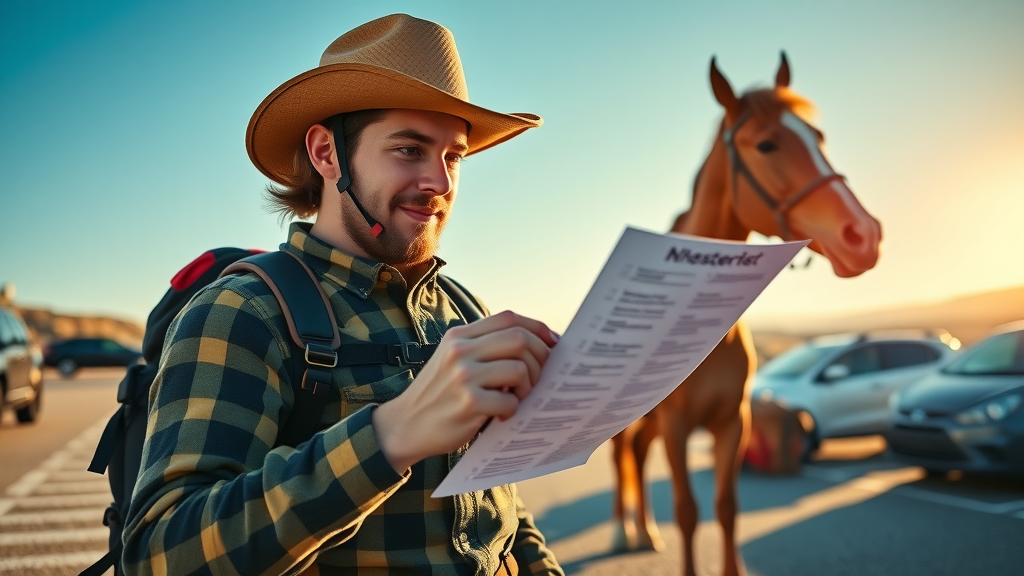
Find More Riding Tips and Resources for Your Next Trail Ride
Trail riding is an ongoing journey of learning, preparation, and gratitude. From mastering new riding tips to staying updated on local ranger ridge regulations or learning from seasoned guides, there’s always something new to discover. Visit trusted equestrian resources, connect with local groups, and share your experiences—each ride will build your skills and confidence for even greater adventures on horseback.
“Every successful trail ride begins with preparation and ends with gratitude—for the ride, your horse, and the trail.”
Take your next trail ride to new heights by preparing thoughtfully, respecting your horse and environment, and always prioritizing safety—every confident, enjoyable adventure begins with a single step onto the trail.
 Add Row
Add Row  Add
Add 

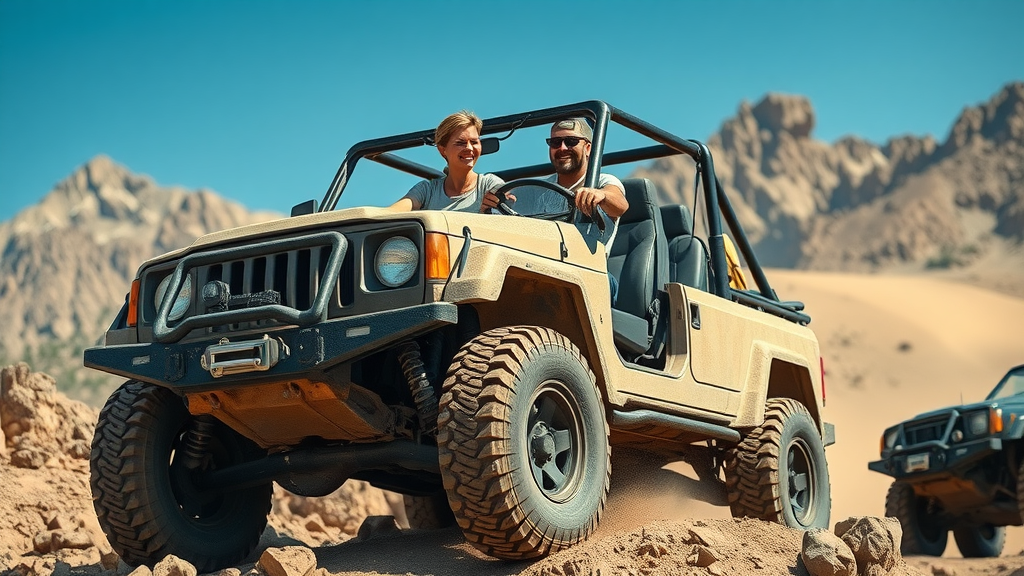
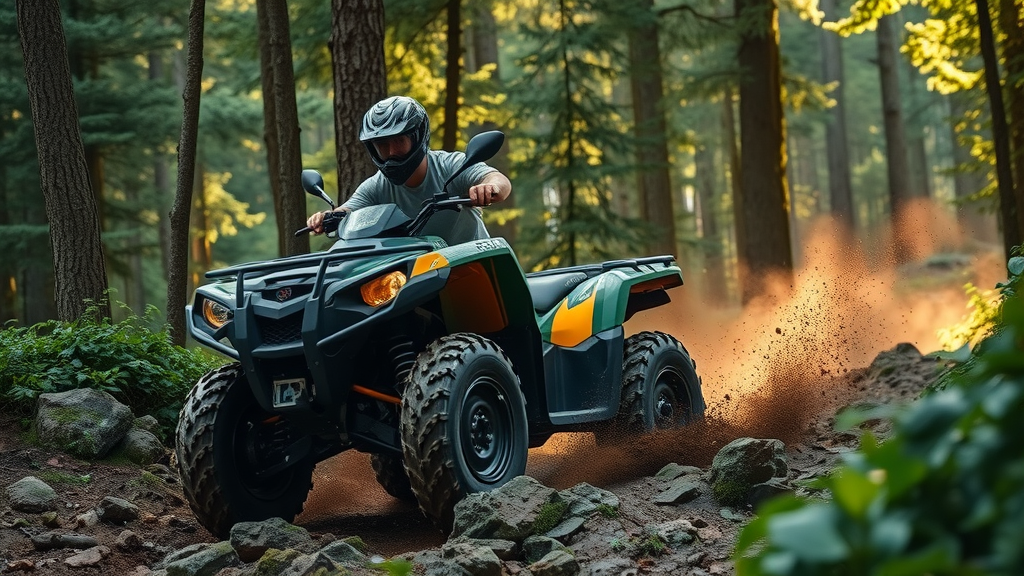

Write A Comment